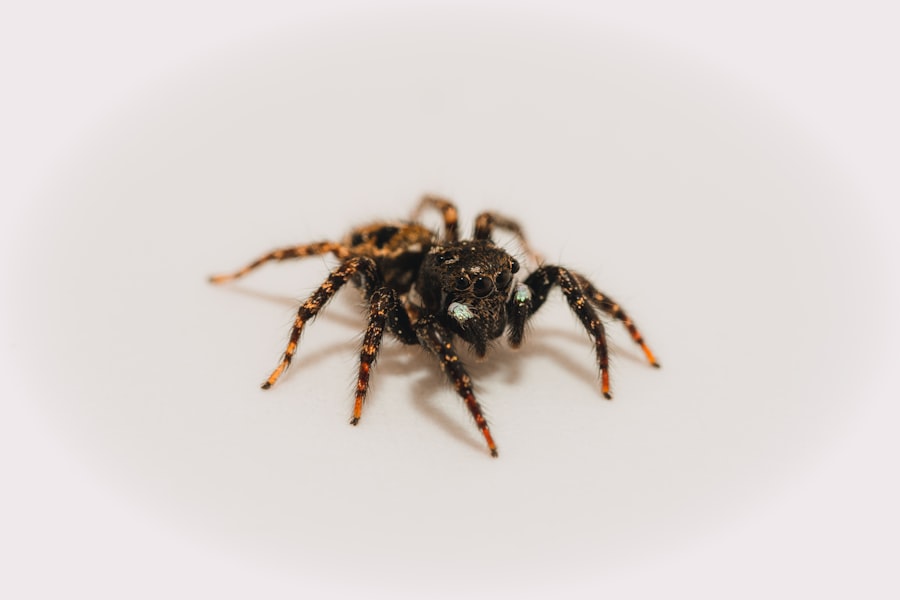When you think of iconic figures in the realm of kaiju, Mothra stands out not just for her majestic presence but also for the unique characters that accompany her: the Shobijin. These twin fairies, often depicted as ethereal and enchanting, serve as the guardians and communicators of Mothra’s will. Their role transcends mere companionship; they embody the connection between humanity and the colossal creature, acting as a bridge that facilitates understanding and cooperation.
As you delve deeper into the world of Mothra, you’ll discover that the Shobijin are not just side characters; they are integral to the narrative, enriching the mythology surrounding this beloved kaiju. The Shobijin, often referred to as the “Cosmic Fairies,” are more than just mystical beings. They represent a blend of nature, spirituality, and humanity’s relationship with the environment.
Their presence in Mothra’s storylines adds layers of meaning, emphasizing themes of protection, sacrifice, and harmony. As you explore their significance, you’ll find that they resonate with audiences on multiple levels, making them timeless figures in Japanese pop culture.
Key Takeaways
- The Shobijin are twin fairies who serve as the guardians and spokespersons for the giant moth deity, Mothra.
- In Japanese mythology, the Shobijin are believed to be descendants of the mystical Mothra and have the ability to communicate with her.
- The Shobijin play a crucial role in Mothra’s lore, acting as her emissaries and often pleading with humanity to change their destructive ways.
- The Shobijin hold significant cultural importance in Japanese society, representing themes of harmony, nature, and the interconnectedness of all living beings.
- The Shobijin are revered as spiritual symbols and are associated with practices such as prayer, meditation, and environmental stewardship in Japanese culture.
The Origin and Mythology of the Shobijin
The origins of the Shobijin are steeped in rich mythology that draws from various cultural influences. In the original 1961 film “Mothra,” they are introduced as tiny twin fairies from a remote island known as Infant Island. This setting is crucial, as it symbolizes a world untouched by modern civilization, where nature reigns supreme.
The Shobijin are depicted as protectors of their island and its sacred creatures, particularly Mothra. Their backstory is woven with elements of folklore, suggesting that they possess ancient wisdom and a deep connection to the earth. As you learn more about their mythology, you’ll notice that the Shobijin embody duality—representing both light and dark aspects of nature.
They are often portrayed as benevolent beings who seek to maintain balance in the world. However, their powers can also be seen as a reflection of nature’s wrath when provoked. This duality adds complexity to their character, making them relatable and multifaceted.
Their origins serve as a reminder of humanity’s responsibility toward nature and the consequences of neglecting that bond.
The Role of the Shobijin in Mothra’s Lore

In Mothra’s lore, the Shobijin play a pivotal role in conveying messages between humans and Mothra herself. They act as intermediaries, often delivering warnings or requests from the giant moth to those who may not understand her intentions. This role is crucial, especially in narratives where misunderstanding leads to conflict.
The Shobijin’s ability to communicate with both Mothra and humans highlights their importance in fostering cooperation and understanding between different worlds. Their presence also emphasizes themes of empathy and compassion. When you see the Shobijin pleading for peace or urging humans to respect nature, it resonates deeply with audiences.
They remind us that communication is key in resolving conflicts, whether between humans or between humanity and nature. Their role is not just about facilitating dialogue; it’s about advocating for harmony and coexistence, making them essential figures in Mothra’s story.
Cultural Significance of the Shobijin in Japanese Society
| Aspect | Details |
|---|---|
| Mythology | The Shobijin are twin fairies from the Godzilla series, often depicted as tiny women who speak to Mothra on behalf of humanity. |
| Symbolism | They represent the connection between humanity and nature, and are seen as protectors of the Earth. |
| Popularity | The Shobijin have become iconic figures in Japanese pop culture, appearing in numerous films and media. |
| Influence | They have inspired various aspects of Japanese society, from fashion to music and art. |
The Shobijin hold a special place in Japanese culture, symbolizing various aspects of traditional beliefs and values. In many ways, they represent the Shinto concept of kami—spirits or deities associated with natural elements. Their connection to nature reflects Japan’s deep-rooted respect for the environment and its spiritual significance.
As you explore their cultural significance, you’ll find that they embody ideals such as harmony, balance, and reverence for life. Moreover, the Shobijin can be seen as representations of femininity and empowerment within Japanese society. They are often portrayed as strong yet nurturing figures who wield significant influence over Mothra’s actions.
This duality challenges traditional gender roles, showcasing women as both protectors and leaders. Their portrayal encourages a broader understanding of femininity, emphasizing strength in compassion and wisdom.
Spiritual Symbolism and Practices Associated with the Shobijin
The Shobijin are steeped in spiritual symbolism that resonates with various practices in Japanese culture. They are often associated with rituals that honor nature and its spirits, reflecting a belief system that values harmony with the environment. As you delve into their spiritual significance, you’ll discover that they embody the idea of guardianship over nature, urging humanity to respect and protect the earth.
In many ways, their presence serves as a reminder of the importance of rituals that connect people to nature. Whether through festivals celebrating seasonal changes or ceremonies honoring natural elements, the Shobijin symbolize a call to action for environmental stewardship. Their role encourages individuals to engage in practices that promote sustainability and respect for all living beings.
The Shobijin in Popular Culture and Media

The influence of the Shobijin extends far beyond their initial appearances in films. They have become cultural icons within Japanese pop culture, appearing in various media forms such as anime, manga, and video games. Their enchanting presence continues to captivate audiences, making them recognizable figures even outside the kaiju genre.
As you explore their impact on popular culture, you’ll find that they have inspired countless adaptations and reinterpretations. In addition to their appearances in media, the Shobijin have also influenced fashion and art. Their ethereal aesthetic has inspired designers and artists alike, leading to a resurgence of interest in their character design and symbolism.
This cross-pollination between traditional folklore and modern creativity showcases their enduring relevance in contemporary society.
Modern Interpretations and Relevance of the Shobijin
In recent years, there has been a resurgence of interest in the Shobijin as modern interpretations emerge within various narratives. Contemporary creators are reimagining these characters to reflect current societal issues such as environmentalism and gender equality. As you observe these modern interpretations, you’ll notice how they resonate with today’s audiences who seek stories that reflect their values and concerns.
The relevance of the Shobijin today lies in their ability to adapt while retaining their core essence. They continue to symbolize hope and resilience in an ever-changing world. By embracing new narratives that align with contemporary issues, they remain powerful figures who inspire action and awareness regarding environmental conservation and social justice.
The Legacy of Mothra’s Shobijin
The legacy of Mothra’s Shobijin is one that transcends time and cultural boundaries. They serve as enduring symbols of harmony between humanity and nature, reminding us of our responsibility to protect the world around us. As you reflect on their journey from mythological figures to cultural icons, it becomes clear that their impact is profound and far-reaching.
In a world increasingly aware of environmental challenges and social issues, the Shobijin’s message remains relevant: cooperation, understanding, and respect for nature are essential for a harmonious existence. Their legacy continues to inspire new generations to advocate for change while celebrating the beauty of our planet. As you engage with their story, you become part of a larger narrative—one that champions empathy, connection, and stewardship for future generations.
